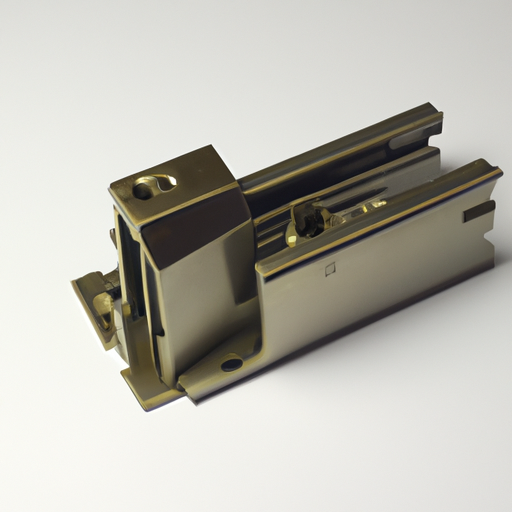

Latches are fundamental building blocks in digital electronics that are used to store and retain a single bit of information. They are simple, bistable devices that can be used to store a binary value of either 0 or 1. Latches are commonly used in various digital circuits, such as memory units, registers, and flip-flops.

1. Flip-flop: A flip-flop is the basic building block of a latch. It is a bistable multivibrator that can store one bit of information. A flip-flop has two stable states, which are represented by the binary values 0 and 1. The flip-flop can be set to either state by applying appropriate input signals.
2. Feedback loop: The feedback loop is a crucial component of a latch that allows it to retain the stored value. The feedback loop connects the output of the latch back to its input, creating a closed loop that maintains the stored value until it is changed by an external input.
3. Control signal: The control signal is an input signal that determines when the latch should store or update the binary value. The control signal can be a clock signal, an enable signal, or any other signal that triggers the latch to store or update the value.
4. Data input: The data input is the signal that carries the binary value to be stored in the latch. The data input is connected to the input of the flip-flop, which stores the binary value based on the control signal.
5. Output: The output of the latch is the signal that carries the stored binary value. The output is connected to the feedback loop, which maintains the stored value until it is updated by an external input.
6. Set and reset inputs: Some latches have set and reset inputs that allow the stored value to be manually set to 1 or 0, respectively. The set and reset inputs override the feedback loop and force the latch to store the specified value.
7. Clock input: Some latches have a clock input that synchronizes the storage and updating of the binary value with the clock signal. The clock input ensures that the latch stores or updates the value only at specific times, preventing errors and glitches in the output.
Overall, latches are essential components in digital electronics that are used to store and retain binary values. They consist of several components and modules, including flip-flops, feedback loops, control signals, data inputs, outputs, set and reset inputs, and clock inputs. By working together, these components and modules enable latches to store and retain binary values efficiently and reliably in various digital circuits.
Latches are fundamental building blocks in digital electronics that are used to store and retain a single bit of information. They are simple, bistable devices that can be used to store a binary value of either 0 or 1. Latches are commonly used in various digital circuits, such as memory units, registers, and flip-flops.

1. Flip-flop: A flip-flop is the basic building block of a latch. It is a bistable multivibrator that can store one bit of information. A flip-flop has two stable states, which are represented by the binary values 0 and 1. The flip-flop can be set to either state by applying appropriate input signals.
2. Feedback loop: The feedback loop is a crucial component of a latch that allows it to retain the stored value. The feedback loop connects the output of the latch back to its input, creating a closed loop that maintains the stored value until it is changed by an external input.
3. Control signal: The control signal is an input signal that determines when the latch should store or update the binary value. The control signal can be a clock signal, an enable signal, or any other signal that triggers the latch to store or update the value.
4. Data input: The data input is the signal that carries the binary value to be stored in the latch. The data input is connected to the input of the flip-flop, which stores the binary value based on the control signal.
5. Output: The output of the latch is the signal that carries the stored binary value. The output is connected to the feedback loop, which maintains the stored value until it is updated by an external input.
6. Set and reset inputs: Some latches have set and reset inputs that allow the stored value to be manually set to 1 or 0, respectively. The set and reset inputs override the feedback loop and force the latch to store the specified value.
7. Clock input: Some latches have a clock input that synchronizes the storage and updating of the binary value with the clock signal. The clock input ensures that the latch stores or updates the value only at specific times, preventing errors and glitches in the output.
Overall, latches are essential components in digital electronics that are used to store and retain binary values. They consist of several components and modules, including flip-flops, feedback loops, control signals, data inputs, outputs, set and reset inputs, and clock inputs. By working together, these components and modules enable latches to store and retain binary values efficiently and reliably in various digital circuits.